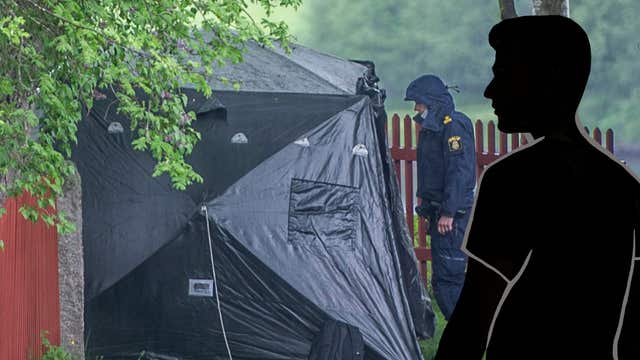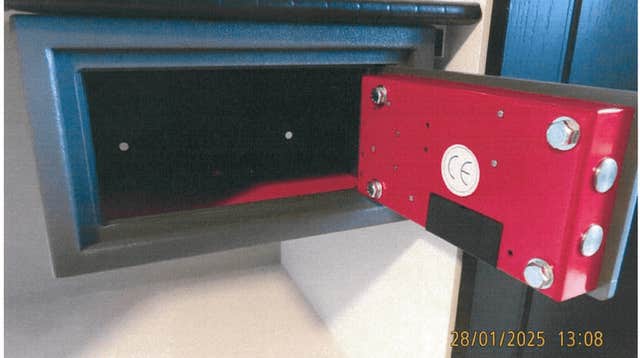The mystery of Rickard Andersson after the school shooting in Örebro
Freshly showered and well-dressed – at the same time “odd” with limited facial expressions.
Mass murderer Rickard Andersson left behind an empty math book as a trace of his repeated failures.
Ten students who had been shot dead were also left behind.
The police’s closed preliminary investigation provides insight into Rickard Andersson’s adult life and his drastic transformation. WARNING FOR STRONG IMAGES: “Lie down.”
A final misdirected communication to the outside world before he ends his life.
This is how the police’s perpetrator profile group describes Rickard Andersson’s motivations for the mass murder at Campus Risbergska. But the goal – in addition to taking his own life after years of perceived failures and setbacks – is to indiscriminately kill as many students as possible at the school. Ten students were shot dead at the school on February 4 this year.
The police investigation has been closed and along the way the police in Örebro have given a clear picture of the course of events. But many questions remain, not least about the perpetrator Rickard Andersson.
The closed preliminary investigation provides a clearer picture of his drastic change from a well-established but somewhat boisterous schoolboy, called a “spill boy” by a teacher, to an adult who has stopped communicating, answering the phone and whose thinking is described as “black and white”.
Punctual and freshly showered
Brisk with running in his legs, full of friends at the children’s party, liked to fish, build with Lego and play hockey. The image is consistent of an ordinary guy who doesn’t stand out.
But when Rickard Andersson starts high school, he changes drastically. He stops talking, going to school, getting out of bed. When he shows up, it’s with one hand over his mouth and a hoodie covering his face. For a period, he receives homeschooling – in mathematics.
In high school it gets easier, and Rickard Andersson seems to be feeling a little better. He gets a driver’s license, a gun license and says he wants to take care of himself. No one in the family hunts, none of the leaders who have passed the gun license exam remember him.
As an adult, Rickard Andersson is described as an odd personality with “sparse facial expressions.”
He did not socialize with anyone and had stopped answering his phone, but could call back immediately after he received a call. He was well-groomed, well-dressed and punctual, especially in various government contacts. He always arrived at meetings with people in various social functions freshly showered.
At the same time, he is described as “black and white” in his thinking, routine-bound and with great difficulty reading other people.
Green belt in jujutsu
When there was an interest, Rickard Andersson was easy to learn. According to people around him, he had a great interest in computers and was very knowledgeable in the field. It is unclear, writes the offender profile group, whether he was self-taught or not.
In connection with a work-life project called SATSA, he writes that he likes exercise and has a green belt in the martial art of jujutsu.
His communication skills are described as very limited, both verbally and in writing, and he never spoke first, only responding to address.
Maintaining a longer conversation with him was simply not possible. Stressing him out was also not possible and resulted in him shutting down, it says:
“He was basically neutral in his physical and mental expression. It was impossible to read what he was really feeling.”
“He was basically neutral in his physical and mental expression. It was impossible to read what he was really feeling.”
He also had a strict diet that mostly consisted of potatoes, rice or pasta without anything else.
Throughout his adult life, Rickard Andersson was dependent on income support, housing allowance and activity support to support himself.
It is here, in the failure to meet the requirements for the various interventions, that the police’s perpetrator profile group found the only thing that can be likened to a motive for the act.





